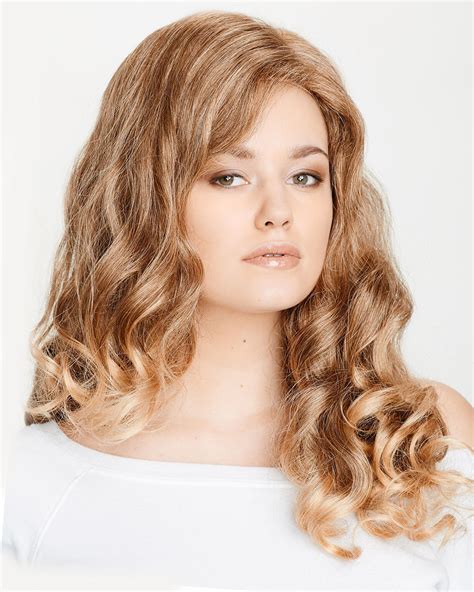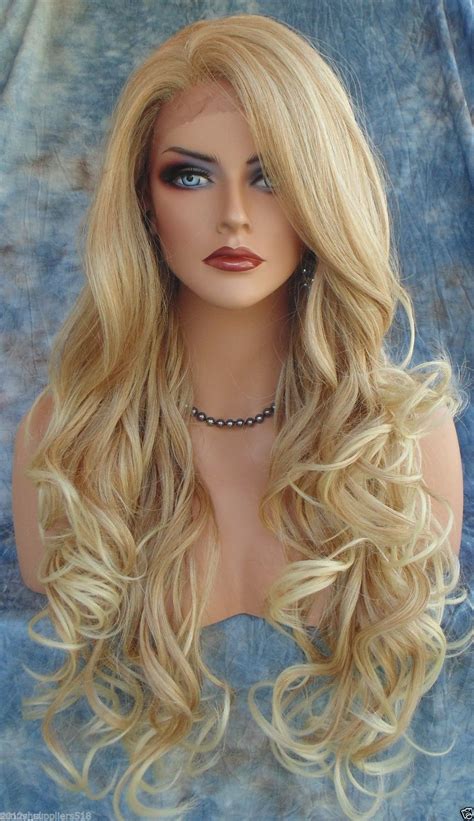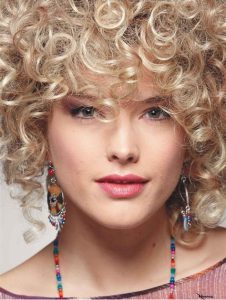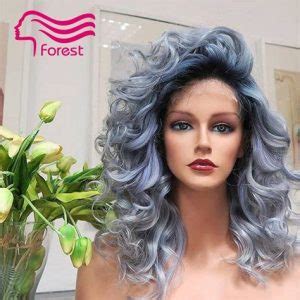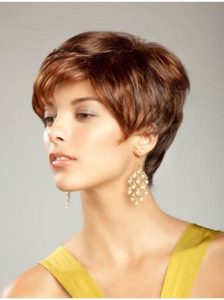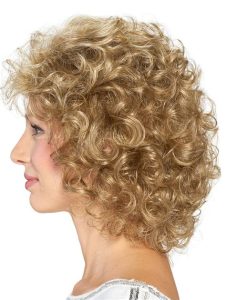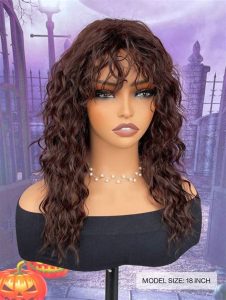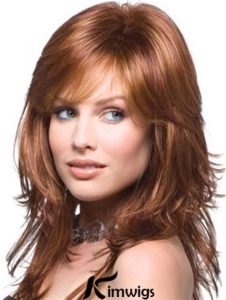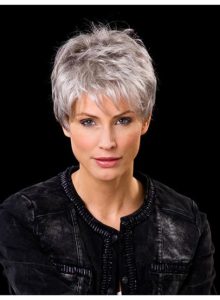Monofilament 20″ Wavy Long Hair Wigs VS Traditional Wigs: A
Introduction
The world of wigs has undergone a transformative revolution in recent years, with advancements in technology and materials leading to unprecedented levels of realism and comfort. Among the latest innovations is the monofilament 20″ wavy long hair wig, which boasts a host of benefits over traditional wigs. This comprehensive guide will explore the key differences between monofilament and traditional wigs, highlighting the advantages and challenges of each type. By the end of this article, readers will possess a thorough understanding of the latest wig innovations and be equipped to make informed decisions about their hair replacement needs.

Understanding the Differences: Monofilament vs. Traditional Wigs
Construction and Materials
The primary distinction between monofilament and traditional wigs lies in their construction and materials. Monofilament wigs feature a thin, transparent mesh cap that creates the illusion of natural scalp and allows for ventilation. The individual hairs are hand-tied or machine-stitched to the mesh, resulting in a realistic and natural-looking finish. Traditional wigs, on the other hand, have a cap made of a lace or fabric base with hair wefts sewn or glued to it.
Appearance and Comfort
Monofilament wigs offer several advantages in terms of appearance and comfort. The transparent mesh cap allows the wearer’s natural scalp to show through, creating the illusion of natural hair growth from the root. This makes monofilament wigs ideal for those seeking a seamless and undetectable transition between their own hair and the wig. Additionally, the ventilated mesh promotes breathability, reducing heat and moisture buildup, which can cause discomfort and irritation with traditional wigs.
In contrast, traditional wigs may have a more noticeable appearance due to the visible lace or fabric base. The seams and wefts can sometimes be visible, especially at the hairline, which can detract from the natural look. Moreover, traditional wigs can be heavier and less breathable, making them less comfortable to wear for extended periods.
Durability and Maintenance
Monofilament wigs are generally more durable than traditional wigs due to the strong mesh cap that resists tearing and thinning. The hand-tied or machine-stitched hairs are also less likely to shed or come loose, ensuring a long-lasting wig. However, monofilament wigs require careful maintenance to preserve their delicate mesh cap. Excessive brushing or styling can damage the mesh, so it is recommended to handle them gently and use specialized wig care products.
Traditional wigs have varying levels of durability depending on the quality of the materials used. While some wigs may hold up well to regular use, others may be prone to tearing or hair loss. Maintenance for traditional wigs involves regular brushing and cleaning to prevent tangles and buildup. The lace or fabric base may need to be repaired or replaced over time due to wear and tear.
Cost and Availability
Monofilament wigs are typically more expensive than traditional wigs due to the intricate craftsmanship and materials involved. The price range can vary depending on the length, style, and brand of the wig. Traditional wigs are generally more affordable but may have limited customization options and a shorter lifespan.
In terms of availability, monofilament wigs are becoming increasingly popular and are widely available from both online and physical retailers. Traditional wigs are still widely available but may have a more limited selection in terms of styles and features.
Benefits and Challenges of Monofilament Wigs
Benefits
- Natural and realistic appearance
- Breathable and comfortable
- Durable and long-lasting
- Versatile and customizable
- Reduces heat and moisture buildup
Challenges
- More expensive
- Requires careful maintenance
- May not be suitable for all hair types or scalp conditions
Benefits and Challenges of Traditional Wigs
Benefits
- Affordable
- Widely available
- Easy to maintain
- Variety of styles and colors
Challenges
- May have a less natural appearance
- Can be heavy and uncomfortable
- May not be as durable
- Visible seams or wefts
- Increased heat and moisture buildup
Choosing Between Monofilament and Traditional Wigs
The choice between a monofilament and a traditional wig depends on individual needs, preferences, and budget. For those seeking a natural and undetectable look, maximum comfort, and long-term durability, a monofilament wig is a superior option. However, if affordability and ease of maintenance are priorities, a traditional wig may be a more suitable choice.
Here are some additional factors to consider when making a decision:
- Hair type and scalp condition: Monofilament wigs may be better suited for those with fine or delicate hair, as the mesh cap can provide extra support. Traditional wigs may be more appropriate for those with thicker hair or oily scalp, as they can withstand more frequent washing and styling.
- Lifestyle and activity level: Monofilament wigs are ideal for active individuals or those who spend a lot of time outdoors, as they are lightweight and breathable. Traditional wigs may be better suited for occasional wear or less strenuous activities.
- Budget: Monofilament wigs require a significant investment, while traditional wigs offer a more budget-friendly option. Determine a realistic budget before making a decision.
Future Trends and Innovations in Wigs
The future of wigs holds exciting possibilities for even more realistic, comfortable, and customizable hair replacement solutions. Here are some emerging trends to watch for:
- 3D printing: 3D printing technology is revolutionizing the wig industry by allowing for the creation of custom-fitted wigs that perfectly match the wearer’s head shape and hair texture.
- Biomimetic materials: Biomimetic materials, which mimic the properties of natural hair, are being developed to create wigs that look and feel even more like real hair.
- Smart wigs: Smart wigs equipped with sensors and technology will provide personalized styling recommendations and monitor scalp health.
- Virtual try-on: Virtual try-on experiences will allow customers to preview different wigs and styles digitally before making a purchase.
- Sustainability: The wig industry is becoming increasingly eco-conscious, with a focus on using sustainable materials and reducing waste.
Conclusion
The monofilament 20″ wavy long hair wig represents a significant advancement in wig technology, offering unparalleled realism, comfort, and durability. By understanding the key differences between monofilament and traditional wigs, consumers can make informed decisions about their hair replacement needs. As the wig industry continues to innovate and evolve, we can expect even more groundbreaking technologies and products in the years to come.
